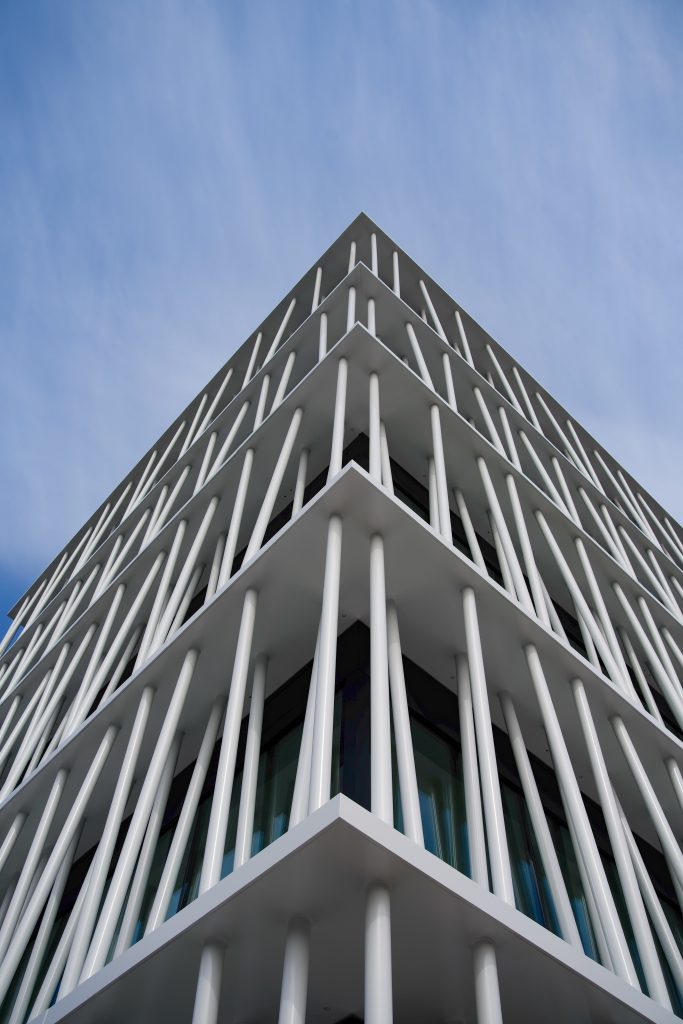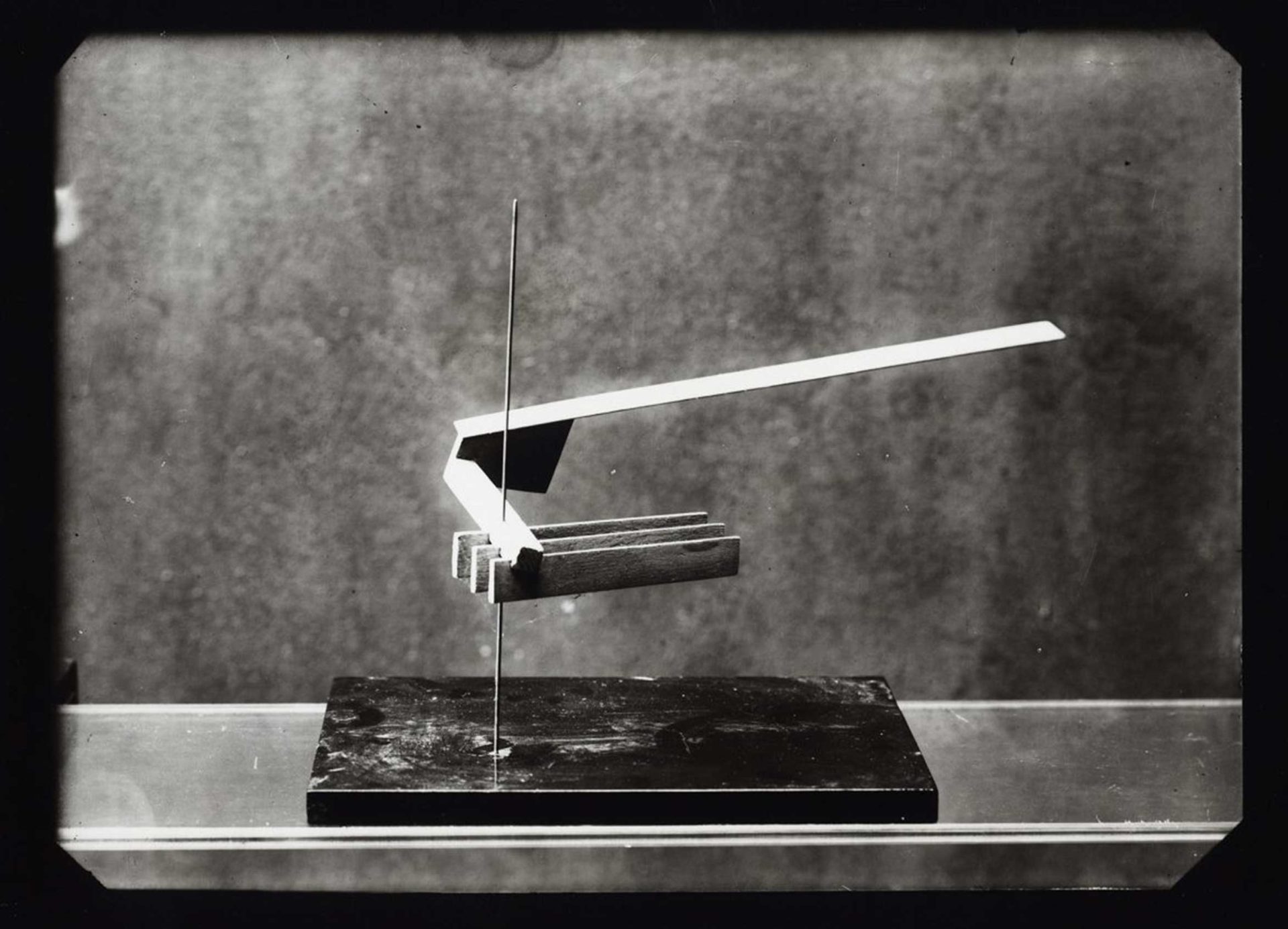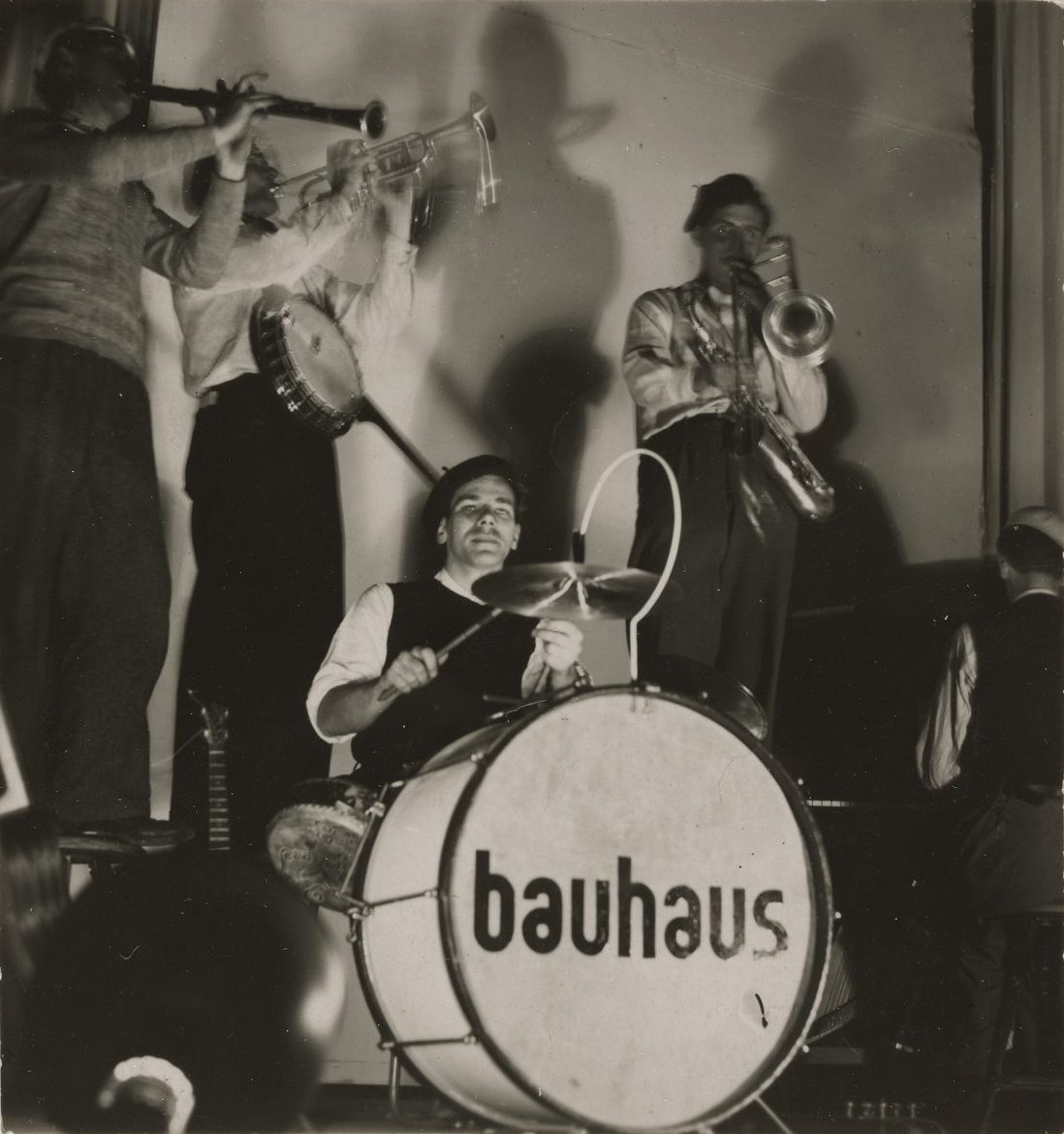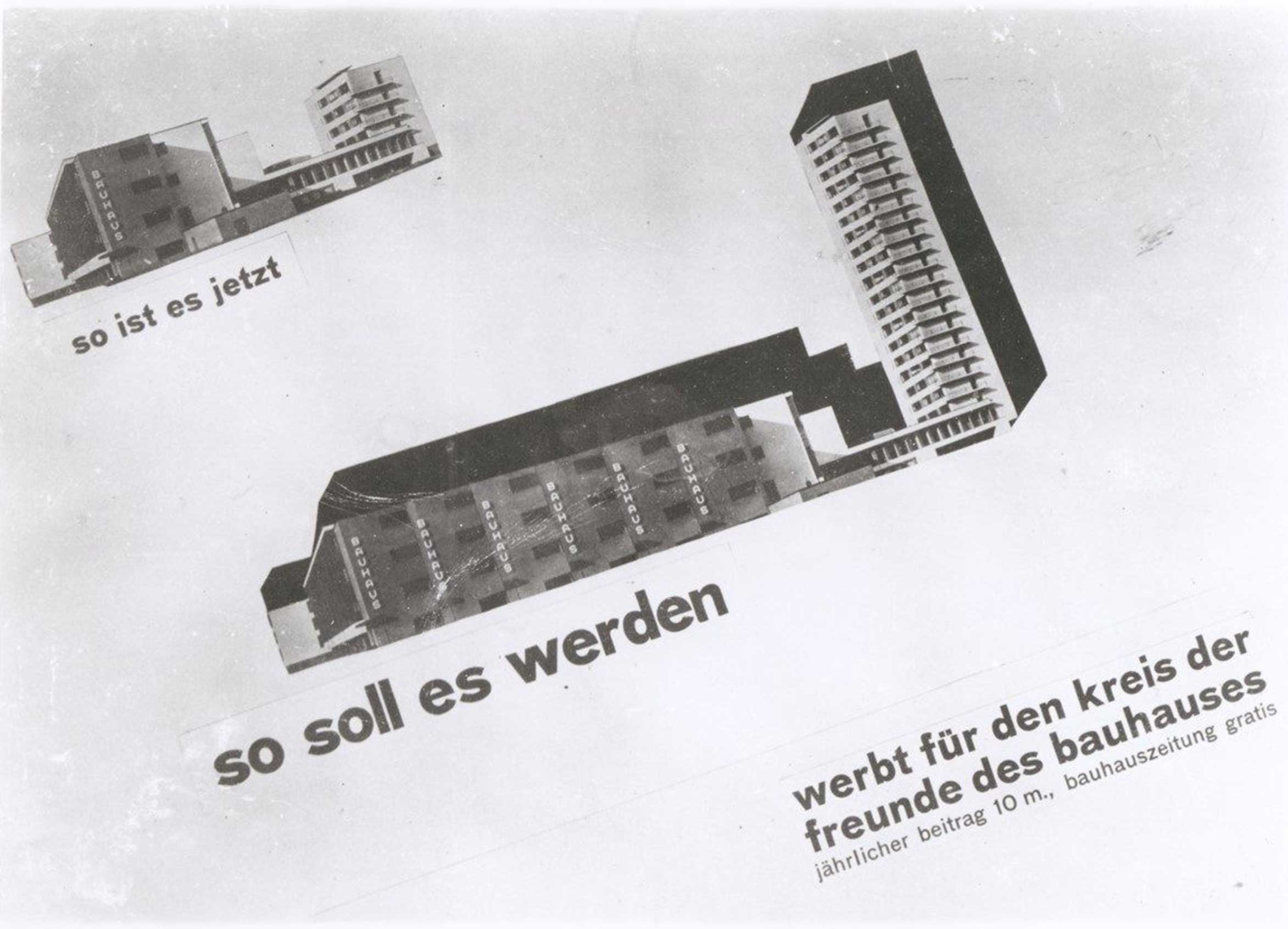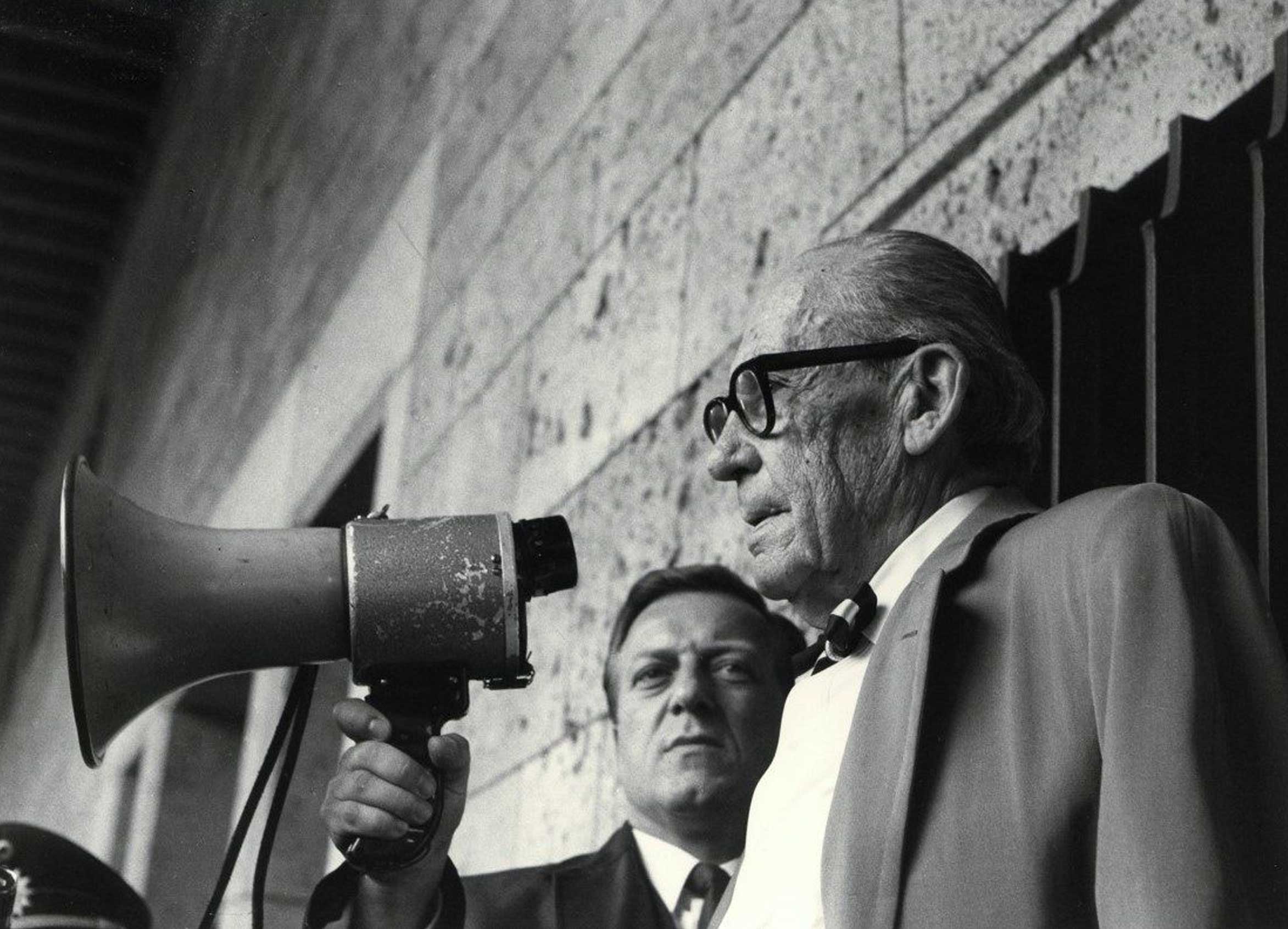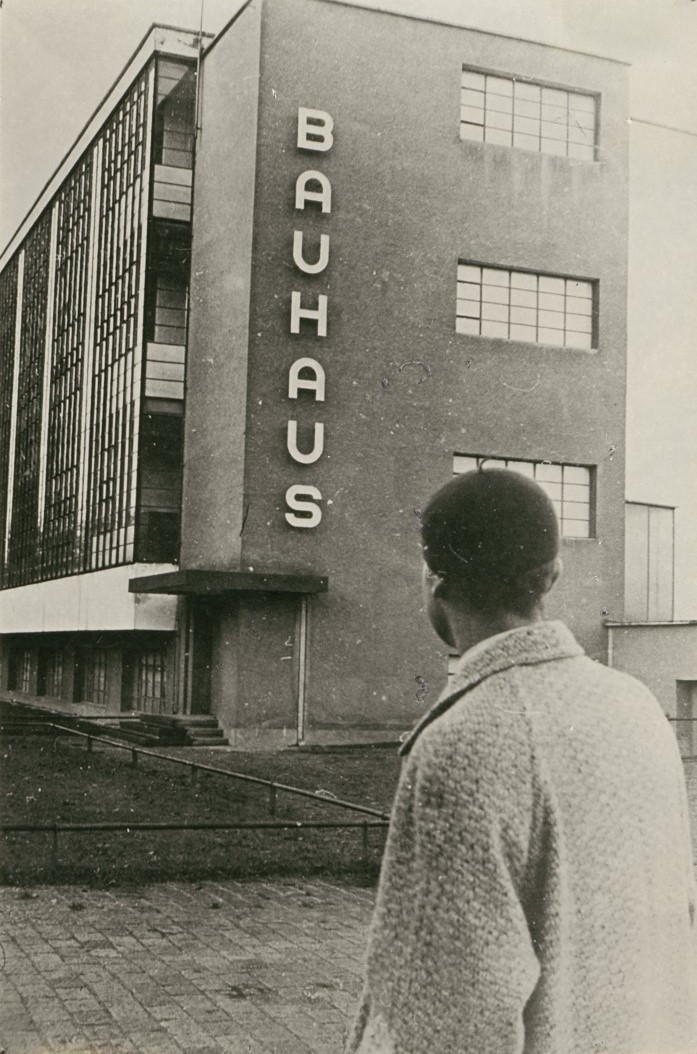Idea and programme
The Bauhaus only existed for a total of 14 years, from 1919 to 1933, but it is recognised around the world as one of the 20th century’s most important schools of architecture, design and art. Repeatedly forced to start over again for political reasons, the school and its training programme continued to develop. It was decisively shaped by its three directors: Walter Gropius, Hannes Meyer and Ludwig Mies van der Rohe.
Lorem ipsum
The architect Walter Gropius was the founding director of the Bauhaus, which opened in Weimar in April 1919. In order to promote the Bauhaus and attract students from all over Germany, a leaflet was designed explaining the programme and the idea of the school. Lyonel Feininger designed a woodcut of a cathedral for the cover of this so-called founding manifesto. In the Middle Ages, large and magnificent churches were built by building guilds in which craftsmen of all the trades and arts worked together on an equal footing. The cathedral on the Bauhaus manifesto is thus a symbol of the “Gesamtkunstwerk” (total work of art), which combines architecture, the crafts and art into an ideal unity.
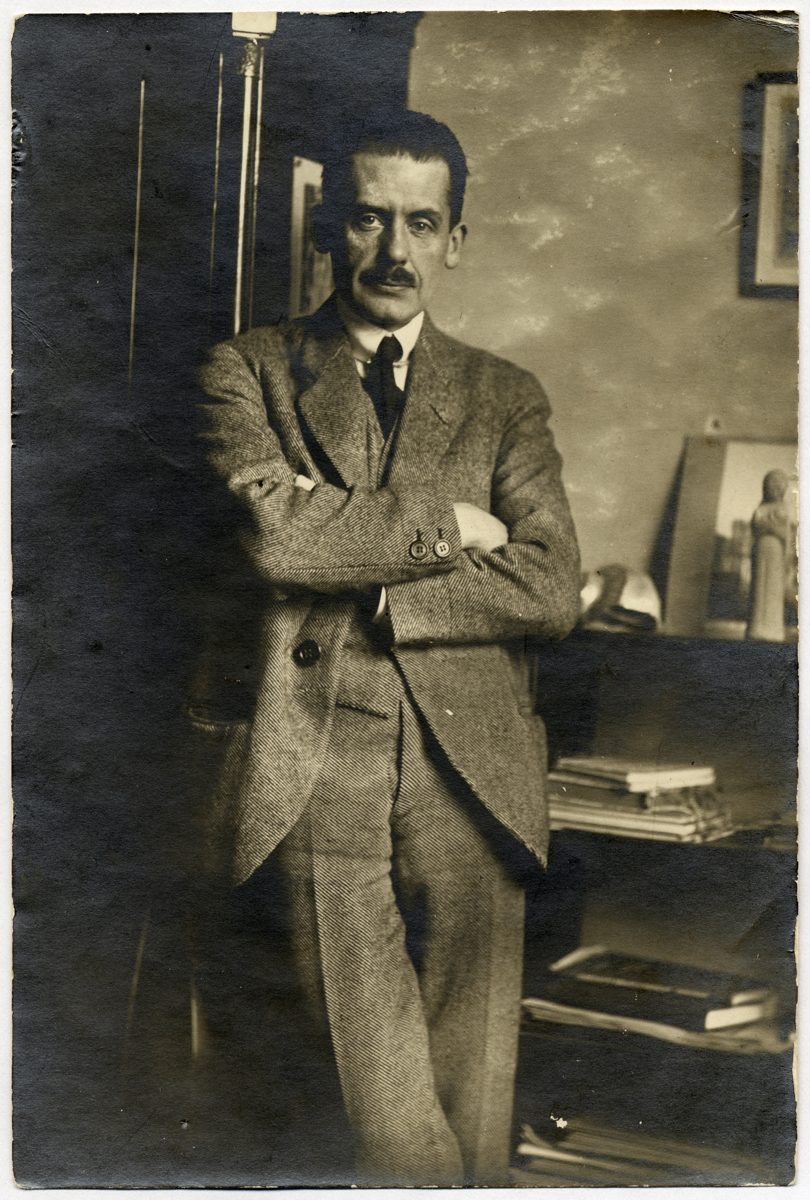

Lorem ipsum
One of the aims of the Bauhaus was to reunite the arts, which had previously been divided by the academies. Thus it was intended to achieve an art and architecture suitable for modern times as well as train all students in the crafts. Instead of dividing art and craft in the typical manner, members of the two professions were to train a new generation of designers together. At the early Bauhaus in Weimar, training focused primarily on artisanal crafts. From 1923, and especially after the Bauhaus moved to Dessau in 1925, emphasis increasingly shifted to collaboration with industry in line with the guiding principle “Art and technology – a new unity”. In the workshops, models were created that were suitable for serial production: furniture, lamps, textiles and much more.
Lorem ipsum
-
From 1928 Hannes Meyer, the second director of the Bauhaus, increasingly focused on social aspects. He called for cost-conscious, functional design for broader sections of society. “People’s necessities, not luxuries”was the motto. Under Ludwig Mies van der Rohe, the third and final director of the Bauhaus from 1930, the emphasis shifted more towards architectural aesthetics, while social and political aspects receded into the background.
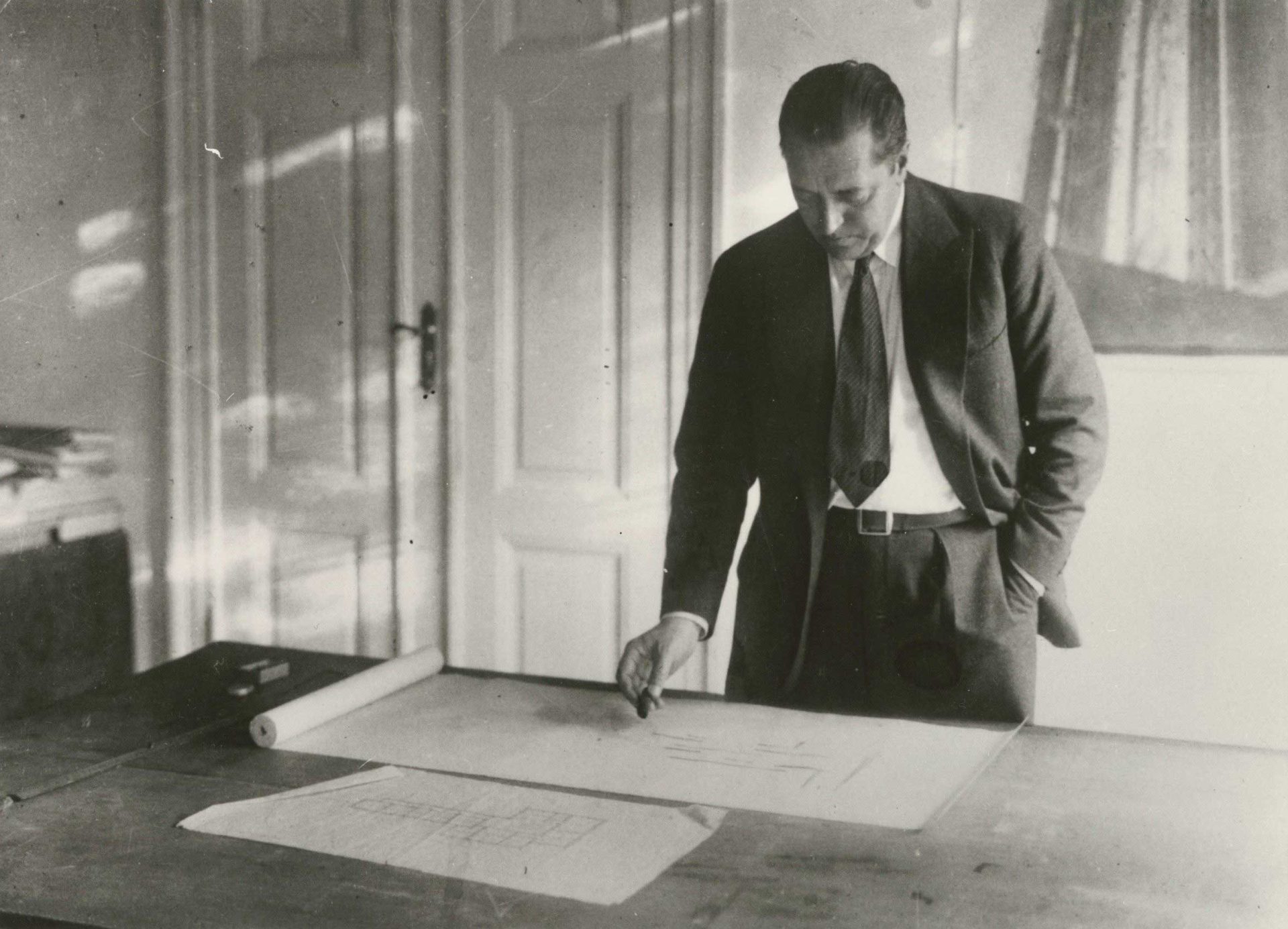
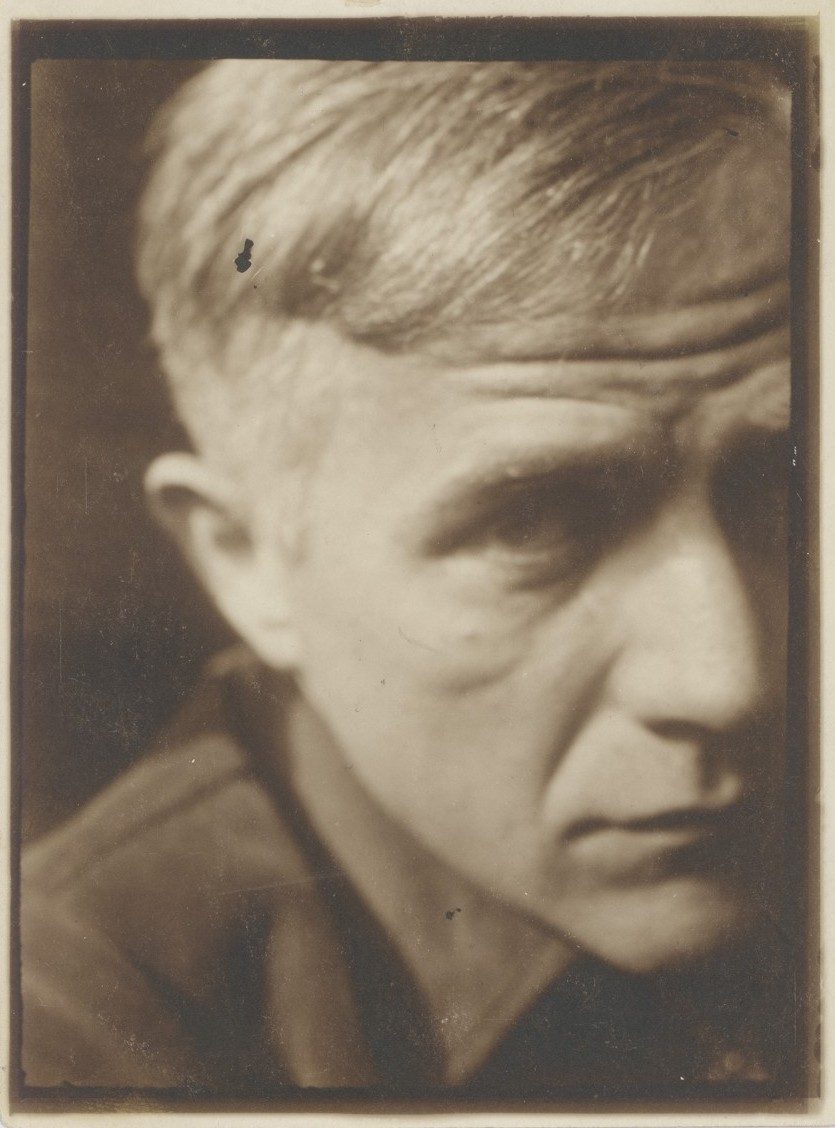
Lorem ipsum
Even if aspiration and reality did not always coincide at the Bauhaus, the Bauhaus experiment continues to have an impact to this day. Even more than any individual solutions, its exemplary attitude and determination to rethink things from the ground up still remain fascinating today. “You can’t achieve this kind of resonance with organisation or propaganda,” said Mies van der Rohe. “Only an idea has the power to spread so far.”

